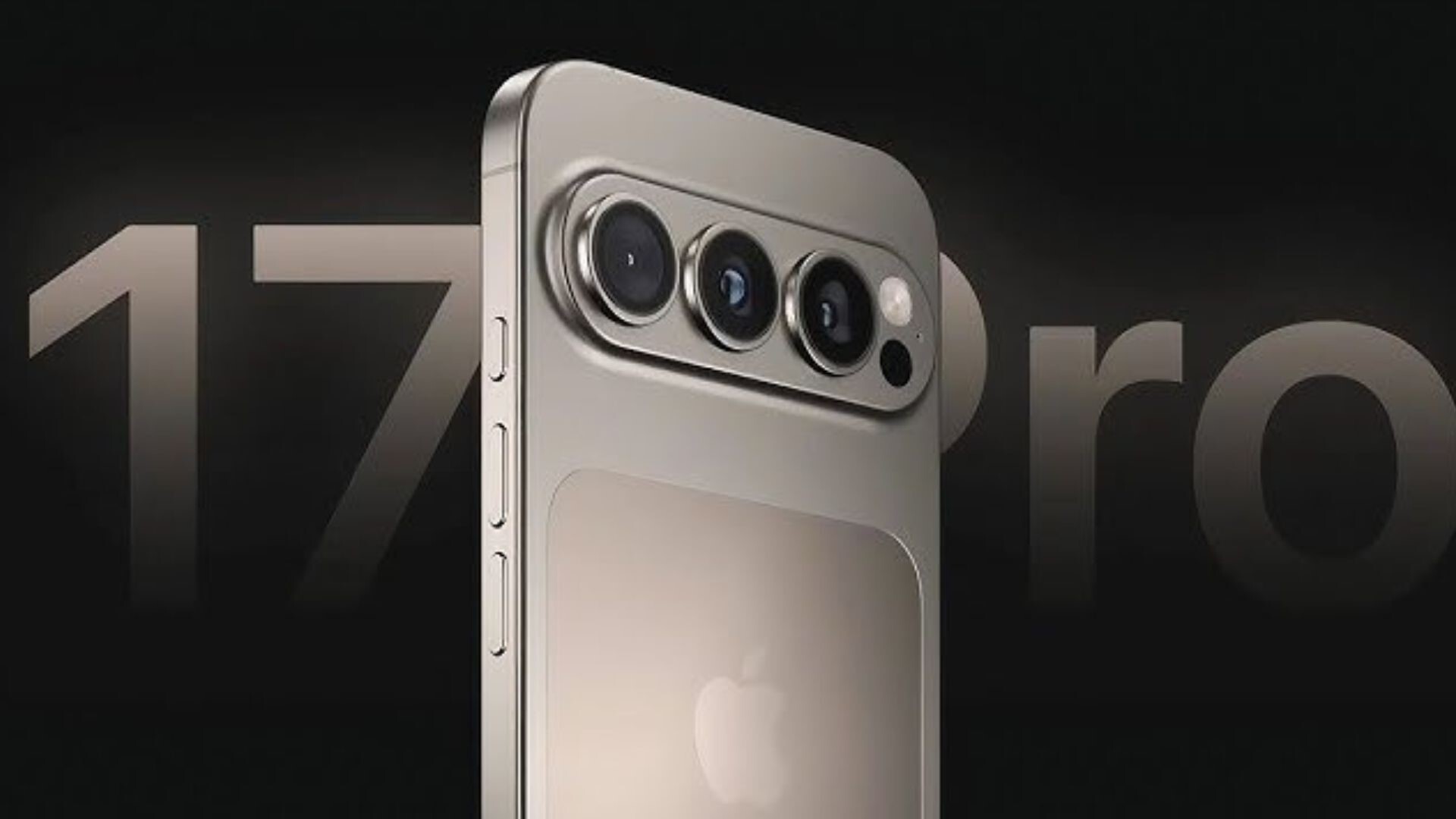您想继续阅读英文文章还
是切换到中文?
是切换到中文?

THINK ALUMINIUM THINK AL CIRCLE

Iconic California-based tech-giant Apple is likely making a comeback to aluminium for its upcoming iPhone 17 Pro, marking a significant departure from the titanium frames used in recent flagship models. Recent leaks reveal Apple's return to aluminium components for its chassis, as opposed to the iPhone 16 Pro series' titanium body, expected to launch in late 2025.
{alcircleadd}
This strategic materials shift represents more than a design choice. It signals a potential industry-wide transformation that could reshape global mobile supply chains, affecting manufacturers, suppliers and production costs worldwide.
Beyond titanium: why aluminium wins
The iPhone 17 Pro and Pro Max are expected to replace the titanium frames of prior versions with aluminium, based not only on engineering considerations, but also environmental ones. As GF Securities analyst Jeff Pu noted, aluminium production has a significantly lower carbon footprint than titanium production, approximately 67 per cent. The move fits nicely with Apple's aggressive 2030 goal to have every product carbon neutral.
Though titanium has a stronger strength-to-weight ratio (6:1 compared to aluminium's 4:1), aluminium has its advantages too. Notably, aluminium has higher thermal conductivity (237 W/m·K), allowing it to dissipate heat better. In our current time when smartphones serve as gaming consoles and production studios, thermal management is exponentially as important to keep performance sustainable.
The choice of aluminium also reduces device weight by 10 to 15 grams. This opens space for larger batteries and advanced camera modules, enhancing user experience without sacrificing portability.
Also read: Top 8 smartphone manufacturers using aluminium in 2022
Reshaping the materials supply chain
The Apple change is not just about design, but it's a signal to the whole supply chain. Aluminium producers could see massive demand as Apple's shift influences other manufacturers chasing the sustainability storyline. Apple's material selection has a history of dictating trends (the switch from aluminium to stainless steel, and, subsequently, titanium).
Although many Android manufacturers already utilise recycled aluminium alloys, Apple's commitment to higher purity, sustainably sourced aluminium adds pressure on suppliers to meet more stringent environmental standards to supply other brands. This replicates the leverage Apple provided previously, such as removing chargers from boxes and displaying leather accessories will be phased out, pushing the industry to adapt.
The design philosophy: a long-term view
Apple's design philosophy is explicit: sustainability over bragging rights. Titanium struck as a premium material in the iPhone 15 and 16 Pro, whereas aluminium presents Apple's approach for a "future-ready" product. In fact, Apple believes that true innovation does not come from rare materials.cBut when sensible combinations are made to maximise environmental and performance gains.
The upcoming iPhone 17 Air will counter this narrative by using a titanium-aluminium material to stay ultra-thin while keeping its premium appeal; showing Apple's more elaborate, market-segmented approach.
Apple's decision to go back to aluminium is not just a materials change. It's a model for how technology companies can foster sustainable environmental stewardship while preserving design and function. One material change promises to change the iPhone lineup and the global supply chain of mobile materials and underpin a new sustainability inner awakening of innovation.
Note: To feature your brand and share insights, contribute an article or interview in our forthcoming e-magazine "End-user Revolution: ALuminium’s Impact on Modern Living."
Responses








